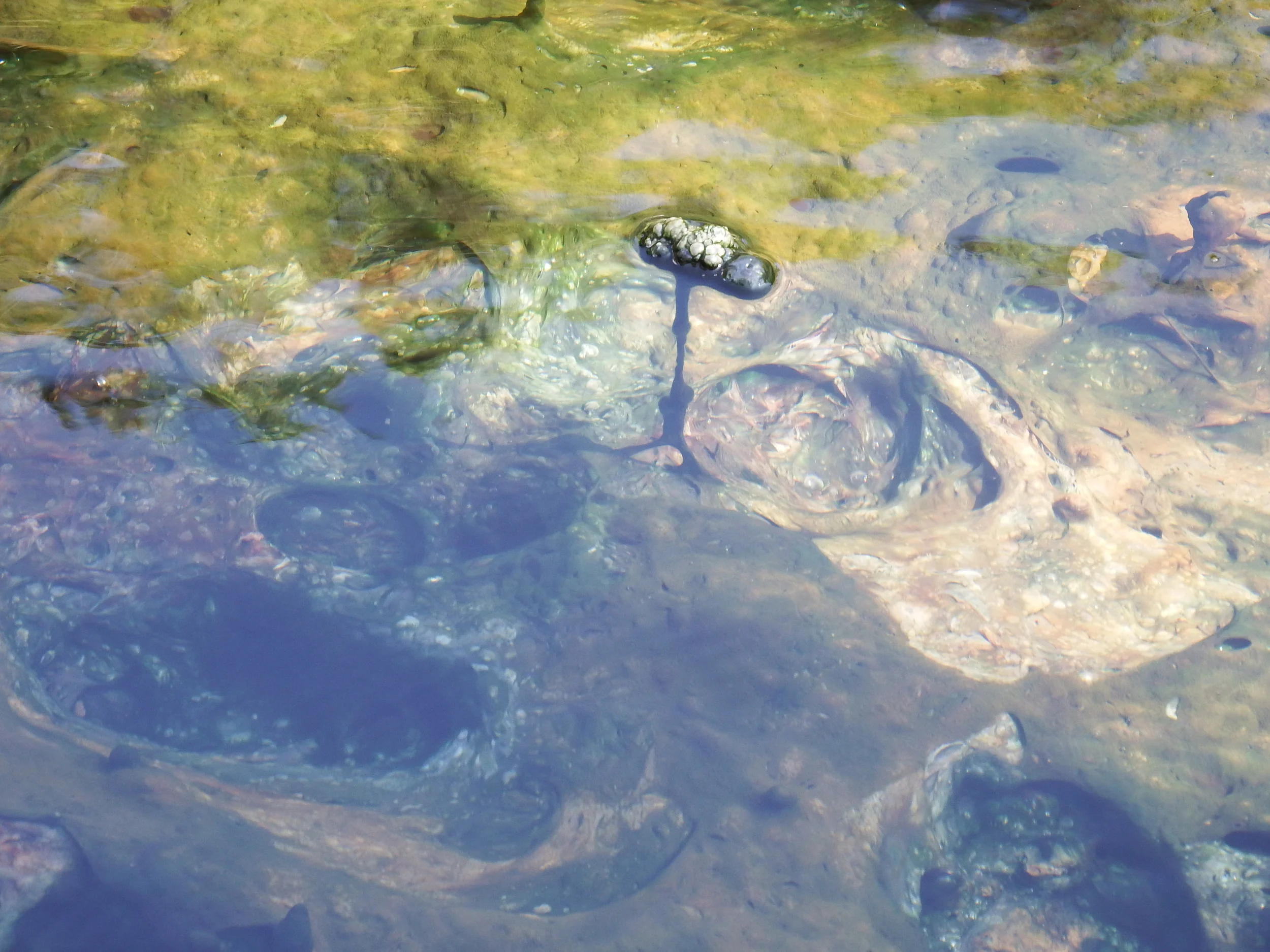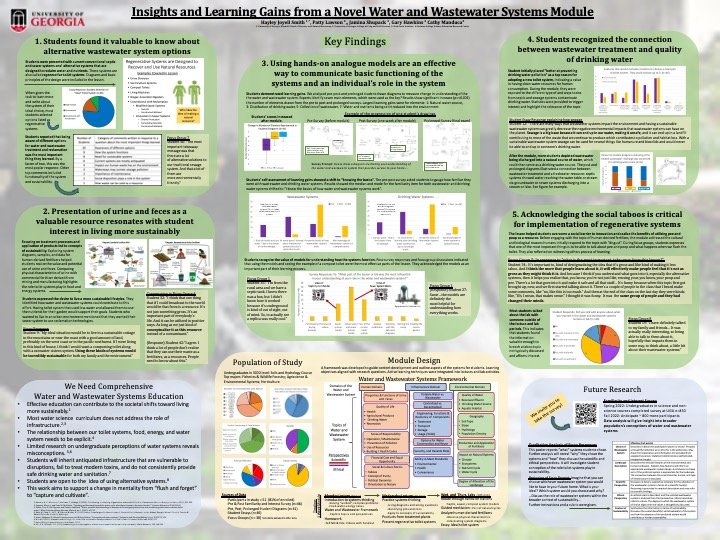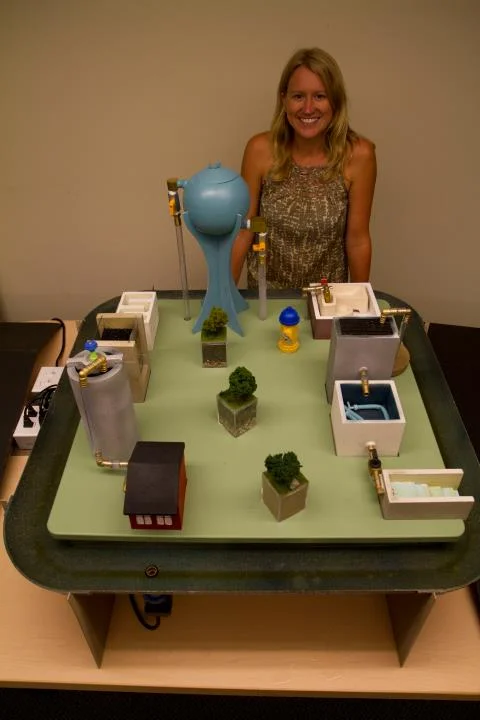A skilled educator in training and a teacher by heart, I love to engage people in learning about the natural world or water and scientific technologies that support society.
Poster presented at earth educators rendezvous, 2022
The Urban HydroLink was created to meet a need: to have an effective education tool to convey the complete urban water system. When I asked students or adults "where does your water come from?" they would look at me with as though it was the dumbest question they had ever heard. Their reply: 'the tap, duh'. Next question, where does it go after it flows down a drain? And the reply was "why should we care?" At this I sought to find a way to engage the public so that they could discover for themselves why they should care. The Urban HydroLink is that product.
This is a fully functioning water model that allows a person to play and learn at the same time. Through a series of pumps and valves, a person can pull water from the source, move it through a mock water treatment plant, pump it to the water storage tank, open the valves in and watch it drain into and out of a miniature toilet and tub, go into a sewer main, pump through a wastewater treatment plant, and finally release it back into the same basin were it was drawn. This is when the 'ah, ha' moment usually happens. To see it in action, watch the video below.
Below is a link to the instruction manual and curriculum for the Urban Hydro Link.
Wastewater Education is not something I thought I would have loved, but I do. Something that is as natural and necessary as breathing is what we call 'wasting'. But what if we change our perspective and see that it is not waste but actually a resource?
Traveling to various places in the world has exposed me to the vast array of perspectives and ways in which humans create personal 'waste'. In the English language alone the expressions range from the simple going to the bathroom, water-room, loo, or restroom, to the bluntness of taking a shit, going pee or making water, to the funny expression of dropping the kids off at the pool and sitting on the throne.
Here is a short educational video I made to explain the difference between centralized (sewer) and decentralized (septic) wastewater systems. Please feel free to use this video to help teach people about the importance of our wastewater systems and the environment.
Teaching about sustainable water and wastewater systems is great but it’s also important to practice - to walk the talk! For two years I was the Program Director at the Ecovillage Training Center at The Farm in Summertown, TN. During this time I maintained my own container-based source separation system. Watch the video to learn more. Enjoy!
As a middle school science teacher (2006-2008) I cultivated a wide array of skills. During my time in the classroom and leading weekly field trips I noticed that blending scientific inquiry and acknowledging varying cultural perspectives created a dynamic learning environment. I collaborated with other teachers in the school to develop and implement a national standard-based science curriculum that integrated the topics covered in math, music, art, humanity, and grammar classes.
Later, I narrowed my focus to water education. Digging deep into the ways of learning and teaching about water, I found a passion for ehtnohydrology. This passion has taken me to far reachers of the world and prompted me to look more thoroughly into my own local resources in the Western North Carolina.
Most of Western North Carolina is lush with streams that are part of the French Broad Watershed. The French Broad cuts through the Appalachian Mountains and flows right though Asheville. To raise public awareness of this valuable fresh water resource I teamed with Kurt Mann of American Green Media. In a one-day shoot we worked to capture the essence of the "Long-Man River" along with illustrating the science of the French Broad River. We are still looking to fund a larger project that would provide greater breadth and reach a larger audience.





